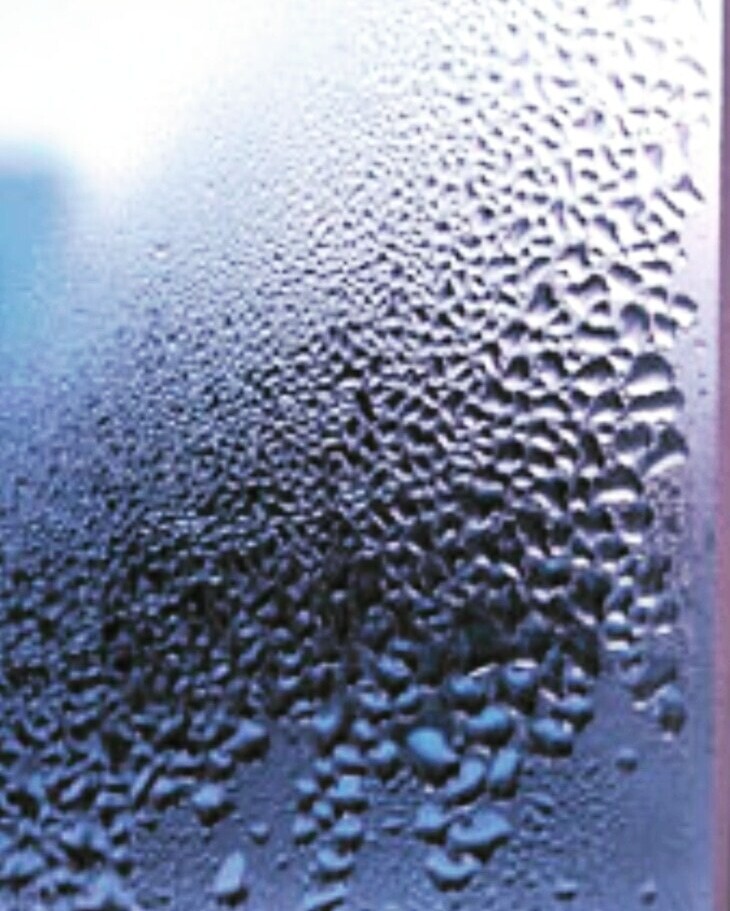Condensation, both internal and external, on glazing is a regular complaint by homeowners. The condensation does not come out of the glass and is not caused by windows.Essentially, condensation results from atmospheric moisture vapour turning into a liquid and depositing onto impenetrable surfaces. This is increased when temperatures fall – typically in winter. The glass presents the ideal surface for moisture vapour to condense upon, as it is generally colder than other areas of the fabric of the building.It needs to be accepted that the moisture vapour and, thus, the condensation is already present in the building; it is more the conditions that allow condensation to form that must be addressed. Some basic steps can be undertaken :
- Increase ventilation.
- Open trickle vents in moisture-producing rooms
- Kitchens & Bathrooms
- This can also be done by opening bathroom windows after use.
- I am using extractor fans effectively – setting extended time before auto switch off.
- Using extractors in kitchens when cooking
- An open window on to vent also for boiling water type
- Open trickle vents in moisture-producing rooms
- Increase internal temperature
- Warm air holds more water vapour than cold air; thus, warmer air means less condensation.
- Currently, with excessively high energy costs, home heating may be restricted, which increases the likelihood of condensation forming.
- Warm air holds more water vapour than cold air; thus, warmer air means less condensation.
- Reduce moisture vapour production.
- Do not dry clothes on radiators.
- Reduce usage of gas fires – burning Methane (natural gas) produces moisture vapour.
- Many homes have gas fires, which may seem more economical than using the full heating system.
- Have windows on to vent in bedrooms at night, as breathing produces water vapour!








